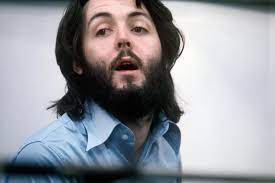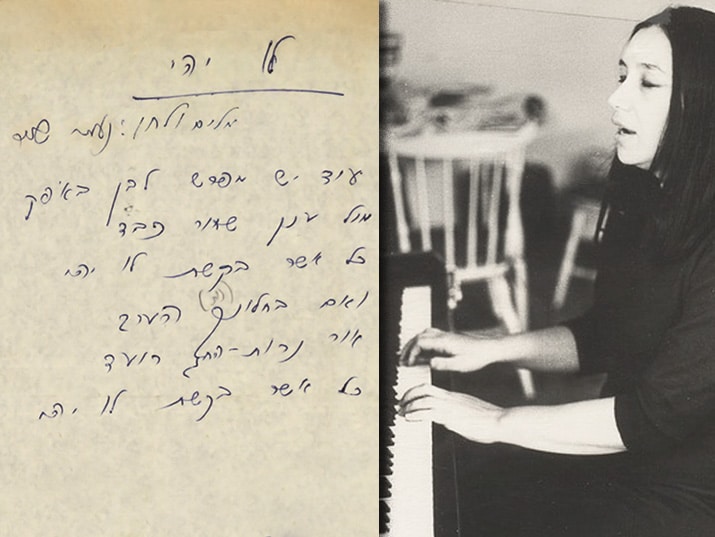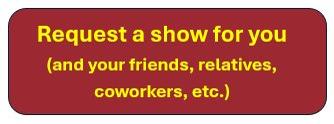
|
Date |
Location |
|
Wednesday |
Kishorit |
|
Saturday |
Moshav
Shorashim |
|
Tuesday |
Edmond
Hotel |
|
Thursday |
Edmond
Hotel |
|
Tuesday |
Hacienda
Hotel |
|
Wednesday |
Nof
Ginosar Hotel |
|
Thursday |
Migdalei
Hayam Hatichon |
|
Friday |
Pastoral
Hotel |
|
Friday |
Galilion
Hotel |
|
Thursday |
Amutat
Vatikei Eshkol |
This list does not include our performances at private events...

Don’t see a show near you?




When
we sang the song “Let It Be,”
we ended with the Hebrew translation of the words let it be
-
“Lu Yehi,” which is the
name of a very famous Israeli song. There is a strong connection
between the
two songs, and here is the story, told by the composer and lyricist of
Lu Yehi:
Naomi
Shemer: The
Story of the Song “Lu Yehi”
I
liked the song, but I did not
like the Hebrew name they gave it - "So Be It” (“Sheyihiyeh"). In my
heart I called it Lu Yehi, and I planned to make a Hebrew version of
that name.
That
summer my friend Hava
Alberstein
asked me to
write her a new song: I told her about my intentions about Let It Be -
and then
we both forgot about it.
In
the days between Yom Kippur and
Sukkot, Hava called me and reminded me of that conversation. She said
it was
urgent: "I have a performance for pilots’ wives, let's do it." Hava
came
to my house, and the Hebrew version I had prepared for her no longer
had any
connection to the original lyrics, but expressed the worries and
anxieties of
the war, which had broken out a day or two earlier. While we were
singing the
new song I had written, sitting at my piano, still with the melody of
Let It Be,
my husband, Mordechai Horowitz, came home on leave from army duty. He
heard the
new song and said, "I will not let you waste this song on a tune
written
by foreigners: this is a Jewish war, and you must make it a Jewish
tune."
After
a short while, Aharona Dayan
[Moshe Dayan’s daughter-in-law, and an executive in Israel
television] called
and asked me to appear on television that evening. On the way to the
Herzliya
Studios, in Aharona's car, I changed the tune. And as with the lyrics -
even in
the new melody there was already the sorrow and distress of the war.
(It turns
out that the Beatles' song served as a platform – or springing board -
for a
completely new song.) The next day, on the eve of Sukkot, the new song
was
broadcast on television in a performance. I was in Pardes Hanna with my
friend Batya
Strauss, may she rest in peace. The next morning I received a
phone call
from the Gashashim.
A car
brought me to the IDF radio station, Zico
[Grazziani, IDF music conductor] - prepared an
arrangement, and I recorded the song with the Gashashim.
I
sent the new musical notation to
Hava, and two days later she also sang Lu Yehi on television, in its
new
format.
